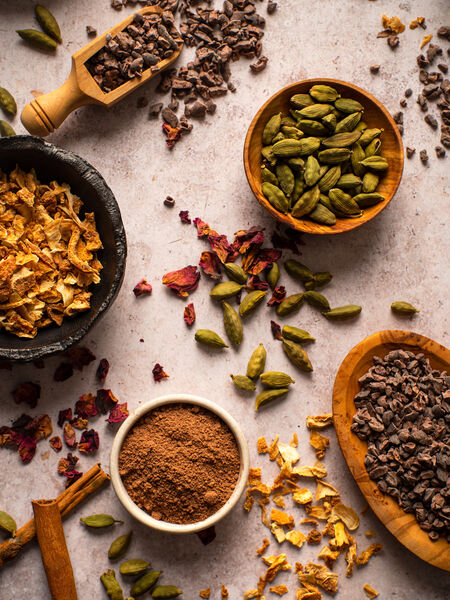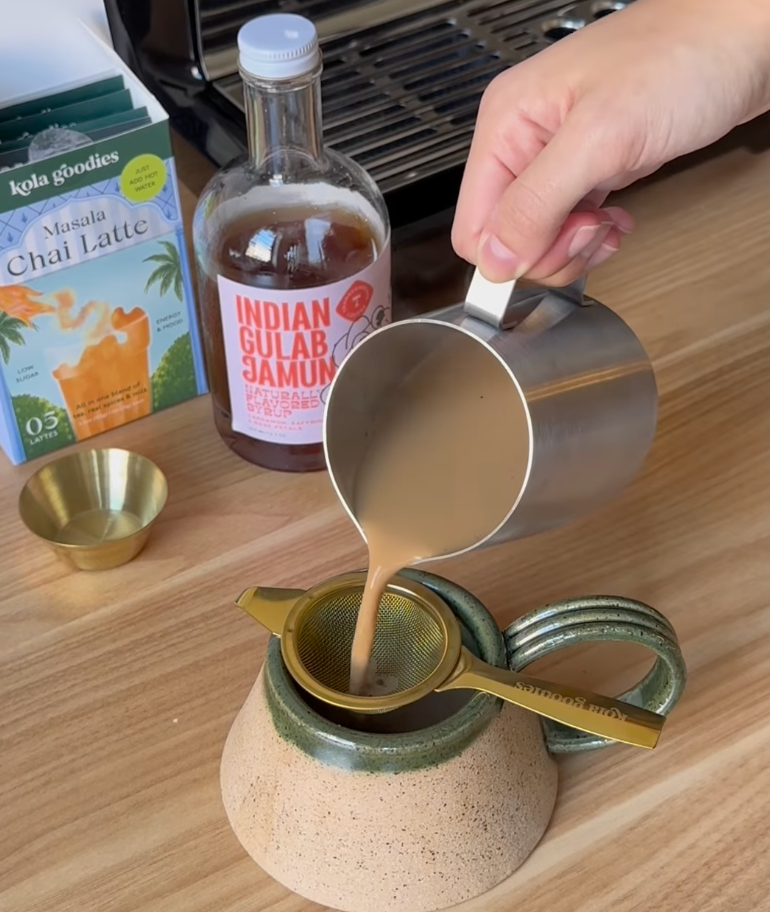In recent years, Starbucks Chai Tea Latte has emerged as a favorite among many coffee and tea enthusiasts. This creamy and spiced beverage has a fanbase and has contributed to the popularity of chai beyond its traditional South Asian origins. While the widespread appreciation for this modern take on chai may seem harmless, it also raises concerns about the perpetuation of stereotypes and cultural misrepresentations. Let’s explore the reasons behind the Starbucks Chai Tea Latte's popularity and how it may inadvertently contribute to South Asian chai stereotypes.
The Starbucks Experience
One of the primary reasons behind the popularity of Starbucks Chai Tea Latte is the coffeehouse chain's strong brand presence and ambiance. Starbucks has cultivated a unique coffee culture that extends beyond coffee itself. Its comfortable seating, soothing music, and cozy atmosphere create an inviting space for customers to indulge in their favorite beverages, including Chai Tea Latte. The convenience and consistency of Starbucks outlets around the world make the beverage accessible to a vast audience, contributing to its widespread popularity.
Chai as a Symbol of Exoticism
The popularity of Starbucks Chai Tea Latte can also be attributed to the allure of exoticism. For many non-South Asian consumers, chai represents an unfamiliar and mysterious taste, a departure from their typical coffee or tea choices. The blend of aromatic spices and the appeal of cultural diversity draw in curious customers looking to experience something different.
Sugar and Spice: Appealing to Sweet Palates
Starbucks Chai Tea Latte's sweetness is another factor that contributes to its popularity. The drink is often made with a base of heavily sweetened chai concentrate, combined with steamed milk and topped with foam and a sprinkle of cinnamon. This sweet and spicy combination caters to those with a penchant for sugary beverages, appealing to a wide range of tastes.
Impact on South Asian Chai Stereotypes
While the popularity of Starbucks Chai Tea Latte has introduced many people to the concept of chai, it also perpetuates certain stereotypes and misrepresentations of South Asian chai culture. These stereotypes can be problematic, as they may overlook the historical and cultural significance of chai in South Asia and reduce it to a simplified, commercialized product.
Homogenization of Chai
Starbucks' Chai Tea Latte is a standardized, mass-produced version of chai that lacks the diversity and authenticity found in different regions of South Asia. Traditional chai recipes can vary significantly from one household to another, with each family adding a unique blend of spices and adjusting the milk-to-tea ratio according to personal taste. By presenting a single, uniform Chai Tea Latte, Starbucks oversimplifies and homogenizes a culturally rich and diverse tradition.
Cultural Appropriation Concerns
The commercialization of chai and its association with Starbucks can raise concerns about cultural appropriation. Chai has been a part of South Asian culture for centuries, deeply rooted in traditions and rituals. The commercialization of chai by global corporations may distance the beverage from its cultural origins, leading to a loss of cultural context and appropriation of its significance.
Misrepresentation of Spices & Ingredients
Starbucks' Chai Tea Latte, while delicious in its own right, may not always accurately represent the authentic flavors and ingredients of traditional chai. The use of a concentrated chai mix and standardized ingredients simplifies the complexity of the original beverage, diluting its cultural essence and nuance.
Starbucks Chai Tea Latte's popularity can be attributed to its enticing flavors, the coffeehouse experience it offers, and the marketing prowess of the global coffee giant. However, as consumers, it is crucial to be mindful of the impact of these trends on cultural perceptions. While the beverage provides an entry point for some to appreciate the concept of chai, it is essential to recognize and respect the historical and cultural significance of chai in South Asian communities.
Instead of embracing a homogenized version of chai, let us celebrate the diversity and uniqueness of this beloved beverage across South Asia. By seeking out authentic chai experiences, supporting local businesses, and educating ourselves about the cultural context of chai, we can foster a more nuanced understanding of this cherished tradition and contribute to its appreciation in a respectful and inclusive manner.




Leave a comment
This site is protected by hCaptcha and the hCaptcha Privacy Policy and Terms of Service apply.